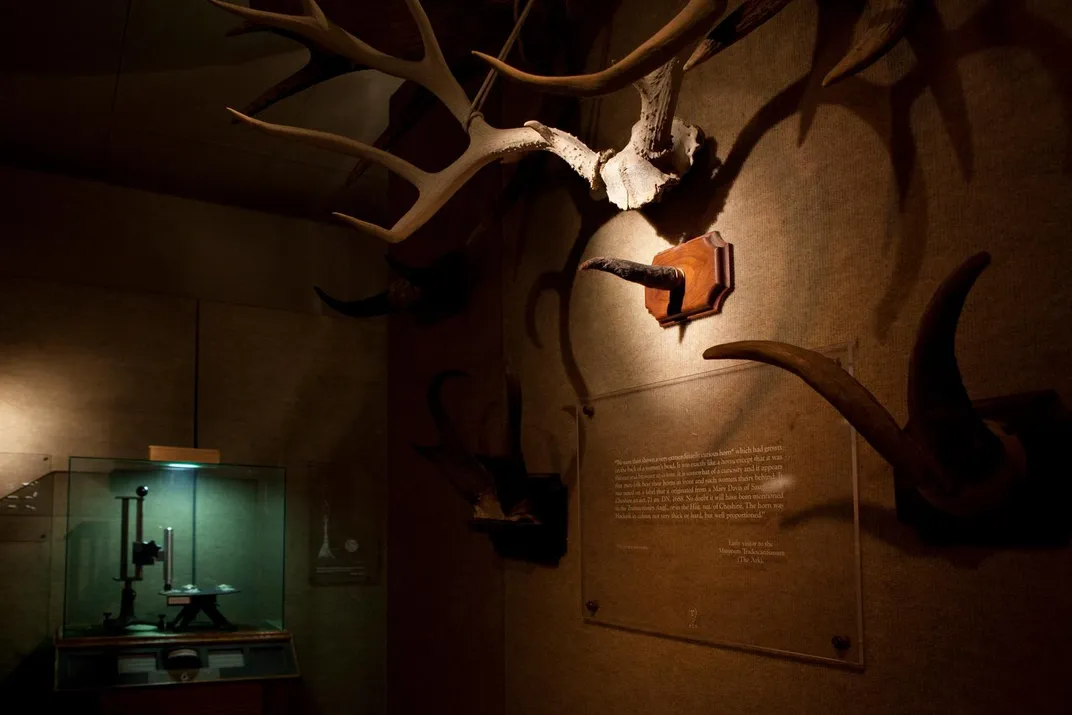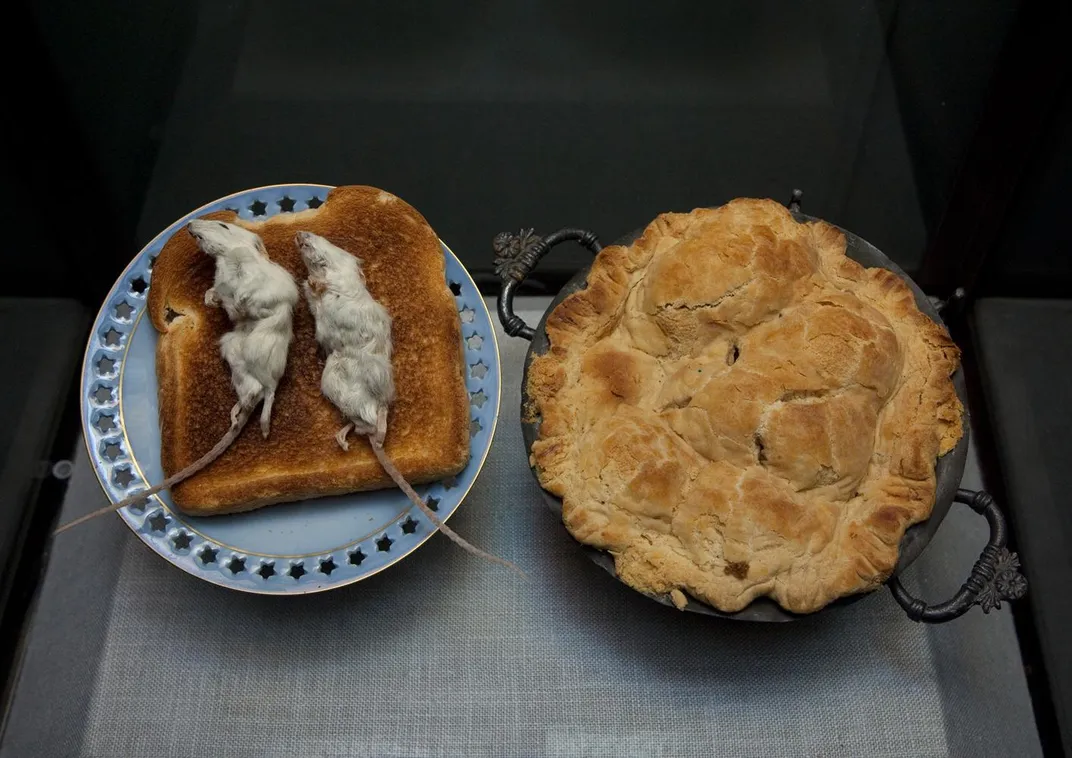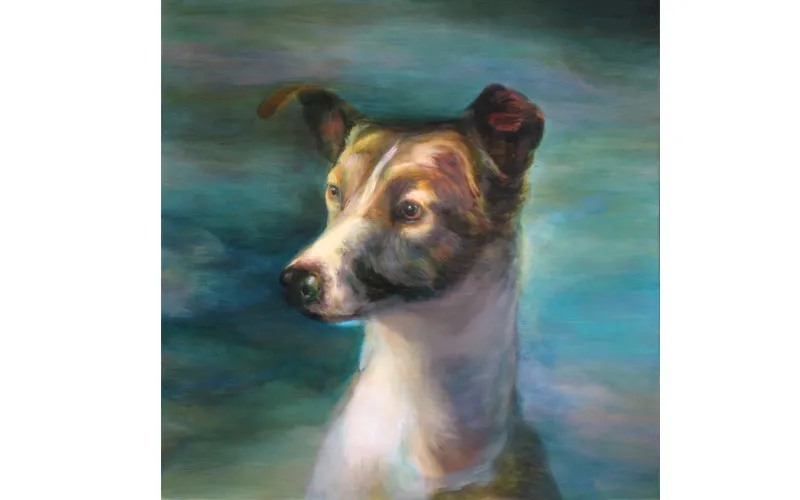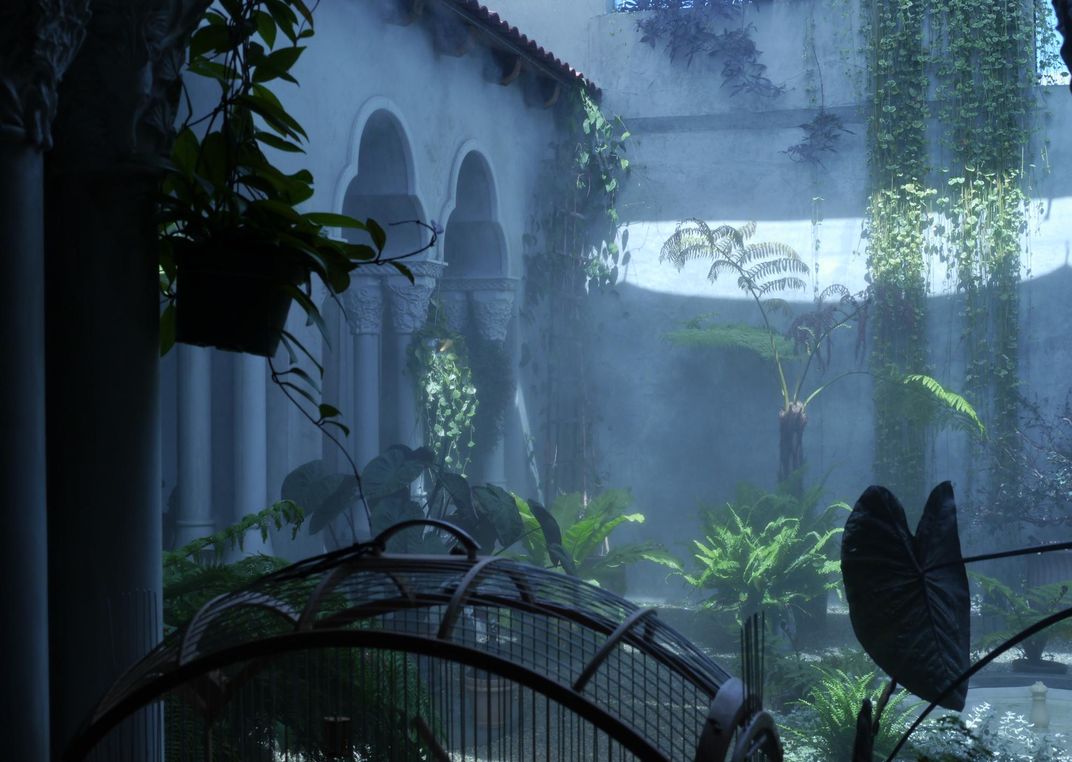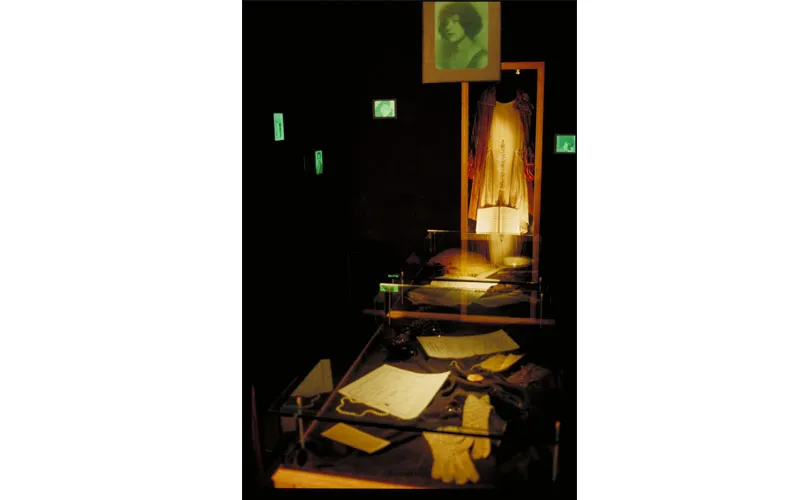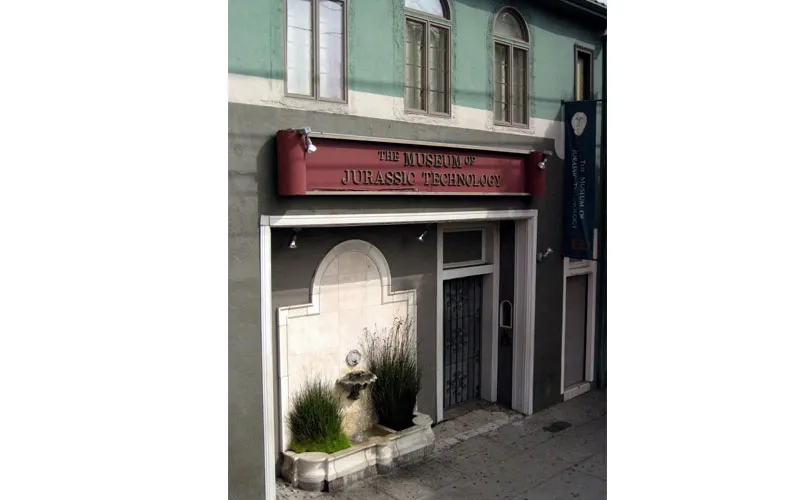Inside Los Angeles’s Strangest Museum
Enter the dark and completely unique world of the Museum of Jurassic Technology
The Museum of Jurassic Technology in West Los Angeles is unlike any other museum you have been to. There is a sense of familiarity—provided by the careful presentation, the informative text, the low lighting, the thrill of discovery—yet there’s something wholly different there. Even the name inspires a sense of general understanding, while avoiding clarity. It is comforting and unsettling at the same time. This is exactly how founder and museum director David Wilson wants you to feel.
Wilson’s career began like many in Los Angeles: working in the entertainment business. He was designing animations and miniature models for commercials, industrial films and promotions when, in 1984, he had an epiphany. As recounted by David’s wife Diana in Mr. Wilson’s Cabinet of Wonder, a 1995 book by Lawrence Weschler, David was picking her up one day from tai chi class and passed her a note. On it was scribbled “Museum of Jurassic Technology.” She asked him, half-jokingly, if this was his life’s work. He just smiled at her.
For the first few years of its existence, the museum was a traveling collection of “cultural curiosities.” In 1988, Wilson and his collection took up residence in a 1,500-square-foot space in an unassuming West Los Angeles neighborhood, and today, the Museum of Jurassic Technology encompasses the entire 12,000 square foot building. In 2001, Wilson was awarded the MacArthur Foundation Fellowship, often referred to as the “Genius Grant,” for his work underscoring “the fragility of our beliefs” and highlighting “the remarkable potential of the human imagination.”
The experience at this unique museum starts the moment you walk in the door, moving from the sun of Southern California to the dim lighting of a different world. The gift shop desk is always occupied by an employee who (the rumors say) has been instructed not to answer questions like “what is this place?” or “why am I here?” From the gift shop, you begin a stroll down tight, dark, maze-like corridors, looking at, hearing and experiencing exhibits with names like ““No One May Ever Have the Same Knowledge Again,” “Rotten Luck: The Decaying Dice of Ricky Jay,” and “Tell the Bees.” The latter exhibit depicts folk remedies from world cultures. One rather intriguing example is a remedy for bed-wetting—eating a snack of dead mice on toast. As you descend further into the darkness, you pass a small glass display featuring the words “Specimen Temporarily Removed for Study.” The sign has almost assuredly said this since 1988.
Talking and drinking tea with David Wilson in the sun-soaked rooftop garden, ring-necked doves cooing and fluttering about, it is clear he has an undying devotion to museum tradition. What Wilson has done is neither a joke nor ironic. In a way, it is his love letter to every museum everywhere. Speaking of his influences, he gushes about the intimate house museums of Europe, specifically the architect Sir John Soane’s Museum in London. He goes on to explain that as a kid, he was always drawn to museum gem and mineral halls, like the “breath-taking” one in the Field Museum in Chicago and the “splendid” hall in Los Angeles’ Museum of Natural History. When asked why he’s so fascinated by gems and minerals, Wilson takes a long pause and carefully responds: “Gems and minerals oftentimes display or present an almost hidden, miraculous beauty in the seeming chaos, potential chaos, of creation.”
Wilson knows that the Museum of Jurassic Technology doesn’t appeal to all. “Not everyone, by any stretch of the imagination, finds what we do to be of interest. A lot of people actually dislike what we do and think we shouldn't be doing it.” (An example of a Yelp review: “Museums should offer something besides confusion … I guess a lot of people enjoy learning nothing at a museum?”) Those who call it an art project also constantly baffle Wilson: “People have on occasion said ‘Oh, this is like an art project.’ That is always so confusing. I don't understand what that distinction is. When is something artistic?”
Like any museum, exhibits sometimes change, and Wilson says that about once a year they undertake a major project. 2015 is certainly no exception with a collection going on display late in the year that will focus on bestiaries.
At the end of the conversation, I ask Wilson again what the name “Museum of Jurassic Technology” means. After a rather long explanation about how technology has always played a part in the museum’s mission, he stops, smiles, and chuckles, “Names are funny things.”
Part of what makes the Museum of Jurassic Technology so unique is that in the end, its name, like the particular objects on display, doesn’t matter all that much. What matters is the way the museum inspires, partly by confounding, our pursuit of beautiful meaning in a world of chaos—something that every museum everywhere aspires to do.
Planning Your Next Trip?
Explore great travel deals
Smithsonian magazine participates in affiliate link advertising programs. If you purchase an item through these links, we receive a commission.

